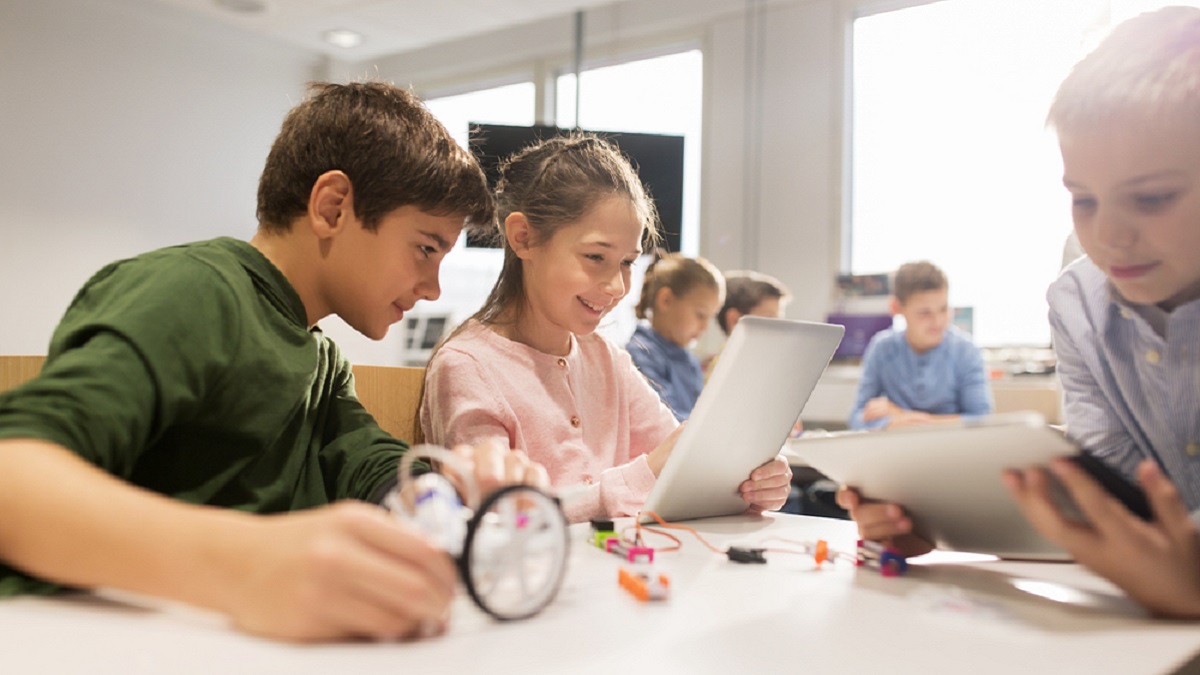By Andreas Schleicher
Director, OECD Directorate for Education and Skills
2020, this evocative year of hindsight and foresight, has reminded us that, despite the best laid plans, the truth is that the future likes to surprise us. To prepare our education systems for what may come, we have to consider not only the changes that appear most probable, but also the ones that we are not expecting.
There are always multiple versions of the future – some are assumptions, others hopes and fears. Much of our thinking of the future is linear, and based on extending currently existing trends. But trends slow, accelerate, bend and break, and unforeseen events can disrupt even long-standing trends – with the coronavirus (COVID-19) pandemic being a case in point.
Four scenarios for the future of schooling
In the absence of concrete facts or evidence about the future, using scenarios can help us identify opportunities and challenges that multiple futures hold for schooling and education more broadly. The OECD Scenarios for the Future of Schooling provide a set of four alternative futures:

These scenarios push us to think through plausible outcomes of current trends in re-schooling and de-schooling – including the expansion of learning markets, increasingly active parents, and the growing investment in and role of digital technologies in connecting people as well as its impact on the personalisation of learning.
The scenarios also connect to the ongoing discussion of how to better leverage individual motivation for learning, and recognise and take advantage of its informal and non-formal sources. Technological advances have been interwoven throughout, as have the major changes and trends in education itself over the past few decades.
What will the future of schooling look like?
A key question for thinking about the future of education is: To what extent are our current structures helping or hindering our vision? Put another way, if today we were to meet with a Martian, freshly arrived on planet Earth and looking for tips on designing their own education system, what would we suggest?
Would we suggest starting with schools and schooling as we know them now and advise modernising and fine-tuning the system, the conceptual equivalent of reconfiguring windows and doors of a house? Or would we rather recommend an entirely different way to use the people, spaces, time and technology? Who would be involved in these processes of transformation, and how much of the lifespan would it encompass (infancy? early childhood? adulthood, aligned to the world of work? Or lifelong, including learning for our eldest seniors at 80 and 90+ years, a growing cohort as our populations age?)?
Will participation in formal education keep rising for all individuals? Or will communities get more involved in educating their children, building the role of non-formal and informal learning? Will the promises of educational technology come to fruition? And if so, will it lead to steady transformative change, or instead radical disruption? Using the scenarios can help all actors, from ministers and policy makers through to teachers, parents and students, explore these questions in the context of the local reality of their system.
The future is not a magical land where all problems disappear
Importantly, thinking about the future allows us to stress-test assumptions and plans. This is a necessary step in using scenarios. We must avoid thinking of the future as a place where all our problems fade away – in fact, it will bring new challenges too. Our education systems are filled with tensions and paradoxes, such as those between virtual learning spaces and face-to-face relationships, or between the social inequalities that impact education participation and outcomes, and the extent to which schooling policies and practices may contribute to reproduce or mitigate.
The four OECD scenarios for the future of schooling can be used to inspire, to dream, to transform. They can be used to future‑proof systems against unexpected shocks. Above all, they push us to move beyond complacency and easy solutions, presenting us with the tensions and paradoxes that cut across educational policy and research today and in the years to come. We hope you enjoy the journey. Use them in good health. The COVID-19 pandemic reminds us that such alternative futures are not a distant dream but can be our reality tomorrow.
Read more:


